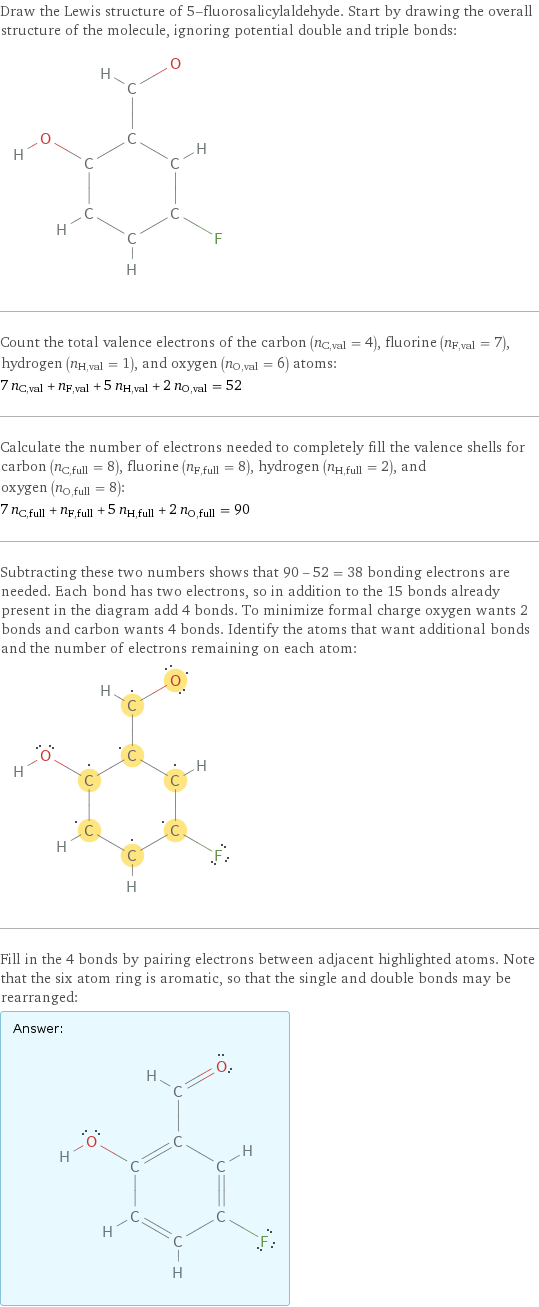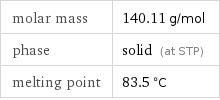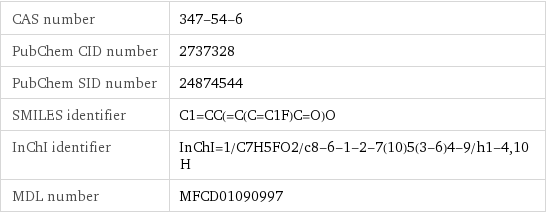Input interpretation

5-fluorosalicylaldehyde
Chemical names and formulas

formula | FC_6H_3(OH)CHO Hill formula | C_7H_5FO_2 name | 5-fluorosalicylaldehyde IUPAC name | 5-fluoro-2-hydroxybenzaldehyde alternate names | 5-fluoro-2-hydroxy-benzaldehyde | 5-fluoro-2-hydroxybenzaldehyde mass fractions | C (carbon) 60% | F (fluorine) 13.6% | H (hydrogen) 3.6% | O (oxygen) 22.8%
Lewis structure

Draw the Lewis structure of 5-fluorosalicylaldehyde. Start by drawing the overall structure of the molecule, ignoring potential double and triple bonds: Count the total valence electrons of the carbon (n_C, val = 4), fluorine (n_F, val = 7), hydrogen (n_H, val = 1), and oxygen (n_O, val = 6) atoms: 7 n_C, val + n_F, val + 5 n_H, val + 2 n_O, val = 52 Calculate the number of electrons needed to completely fill the valence shells for carbon (n_C, full = 8), fluorine (n_F, full = 8), hydrogen (n_H, full = 2), and oxygen (n_O, full = 8): 7 n_C, full + n_F, full + 5 n_H, full + 2 n_O, full = 90 Subtracting these two numbers shows that 90 - 52 = 38 bonding electrons are needed. Each bond has two electrons, so in addition to the 15 bonds already present in the diagram add 4 bonds. To minimize formal charge oxygen wants 2 bonds and carbon wants 4 bonds. Identify the atoms that want additional bonds and the number of electrons remaining on each atom: Fill in the 4 bonds by pairing electrons between adjacent highlighted atoms. Note that the six atom ring is aromatic, so that the single and double bonds may be rearranged: Answer: | |
3D structure

3D structure
Basic properties

molar mass | 140.11 g/mol phase | solid (at STP) melting point | 83.5 °C
Units

Chemical identifiers

CAS number | 347-54-6 PubChem CID number | 2737328 PubChem SID number | 24874544 SMILES identifier | C1=CC(=C(C=C1F)C=O)O InChI identifier | InChI=1/C7H5FO2/c8-6-1-2-7(10)5(3-6)4-9/h1-4, 10H MDL number | MFCD01090997